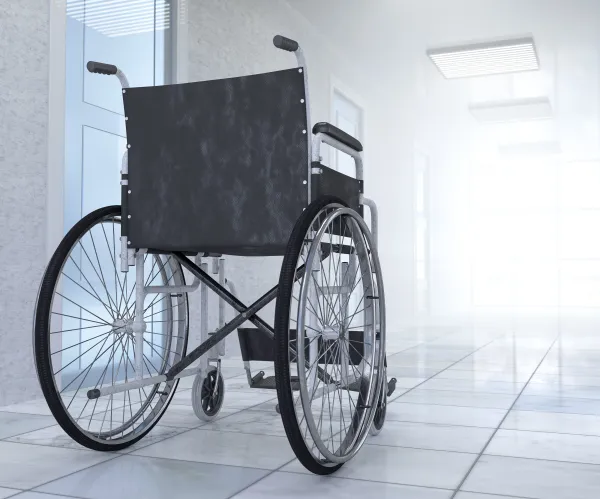Anesthesia Coding Alert
Postoperative Coding:
Survey These Scenarios to Score Success With Daily Hospital Management
Published on Fri Feb 15, 2019

You’ve reached your limit of free articles. Already a subscriber? Log in.
Not a subscriber? Subscribe today to continue reading this article. Plus, you’ll get:
- Simple explanations of current healthcare regulations and payer programs
- Real-world reporting scenarios solved by our expert coders
- Industry news, such as MAC and RAC activities, the OIG Work Plan, and CERT reports
- Instant access to every article ever published in Revenue Cycle Insider
- 6 annual AAPC-approved CEUs
- The latest updates for CPT®, ICD-10-CM, HCPCS Level II, NCCI edits, modifiers, compliance, technology, practice management, and more
Related Articles
Other Articles in this issue of
Anesthesia Coding Alert
- Postoperative Coding:
Survey These Scenarios to Score Success With Daily Hospital Management
Once again, documentation will make or break your claim. You can report postoperative services administered [...] - Pain Management:
Keep These Tips in Mind for Post-op Pain Care Coding
Pay attention to laterality and other factors. Code 01996 (Daily hospital management of epidural or [...] - Practice Management:
Follow 4 Tips for Self-Audit Success
Start by spotting possible trends, then expand from that point. Now that you’re a couple [...] - MAC Update:
New LCD Rules Could Be in the Works
Check out this website for the latest info. Think you have a solid understanding of [...] - You Be the Coder:
Pinpoint the Correct Arthroplasty Code
Question: Our pain management physician performed arthroplasty of a patient’s finger joint. What is the [...] - Reader Question:
Reserve +64484 for Different Level of ESI
Question: I have some questions about billing for epidural steroid injections. Patient #1 that I’m [...] - Reader Question:
Episiotomy Work Is Included In L&D Epidural Code
Question: The anesthesiologist administered an epidural during a vaginal delivery. He followed immediately afterwards with [...] - Reader Question:
Submit 'Unlisted' 64999 for Internal Pump Repositioning
Question: A patient has an implanted pain pump. She is not due for a replacement, [...] - Reader Question:
Pay Attention to Guidance When Choosing Between 62322 and 62323
Question: What is the correct way to report a caudal ESI under ultrasound guidance? I’m [...] - Reader Question:
Payers Might Be Looking for Higher Level Comorbidities
Question: During a recent audit in our department, I was marked down for having too [...]
View All




